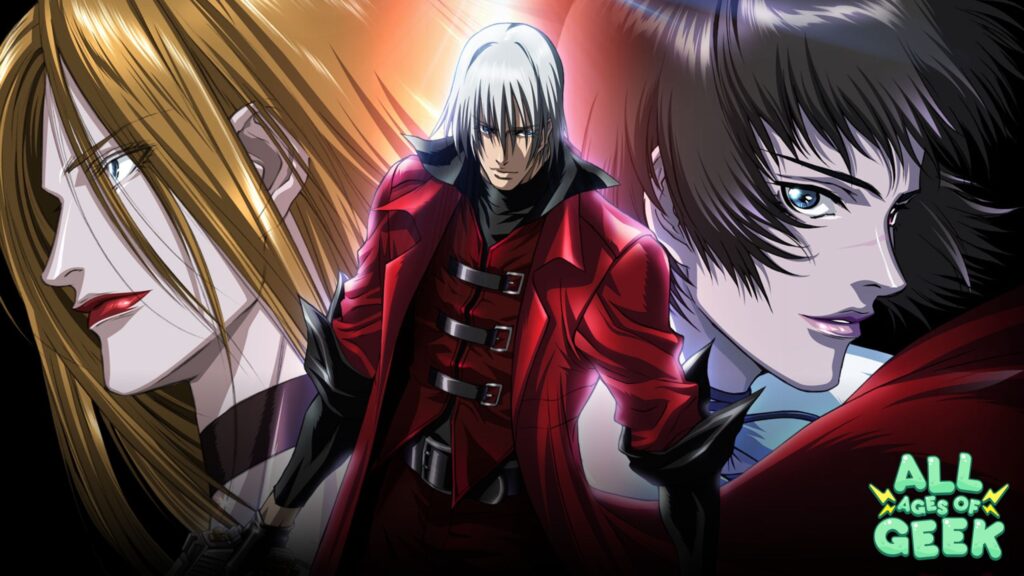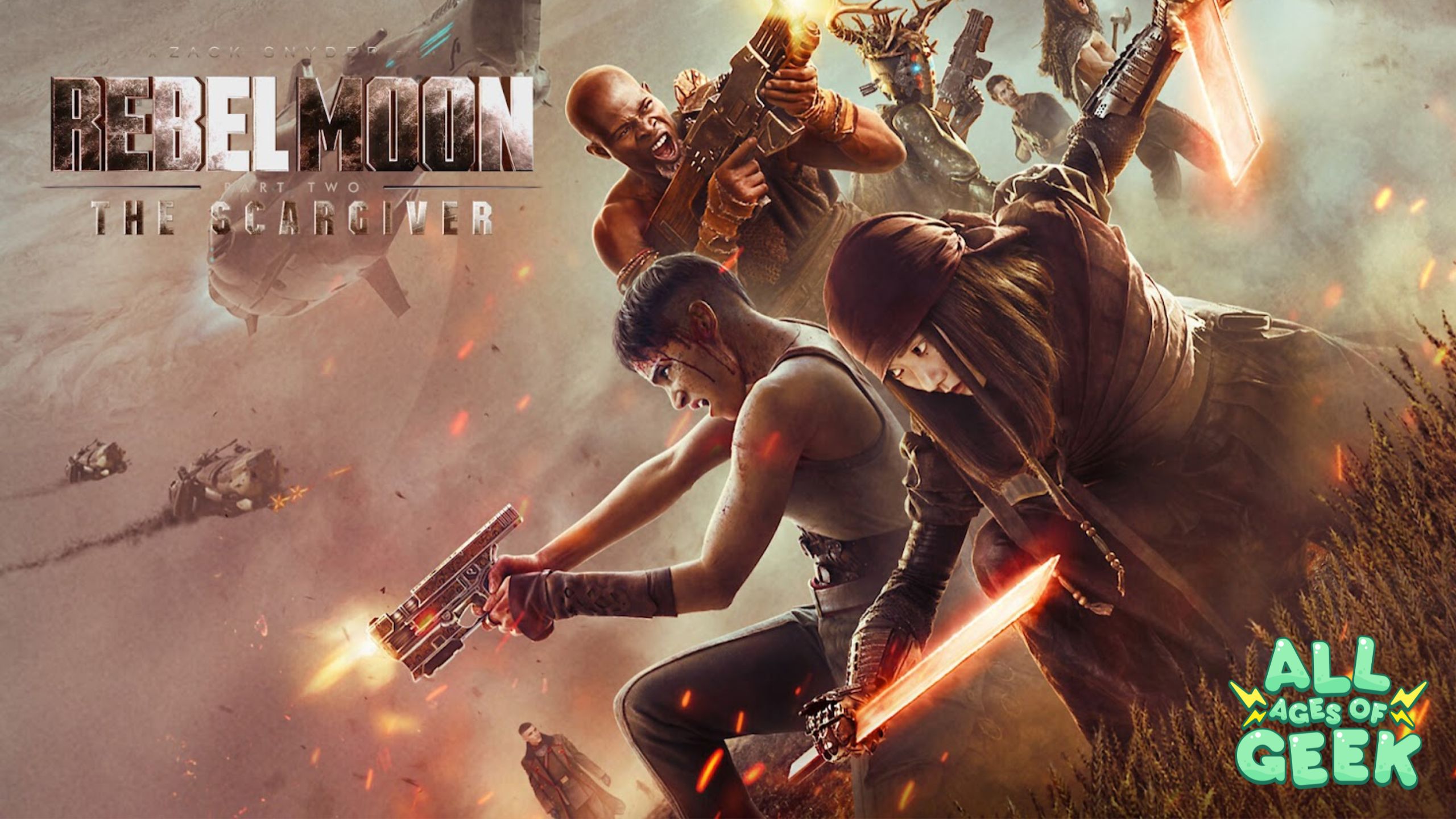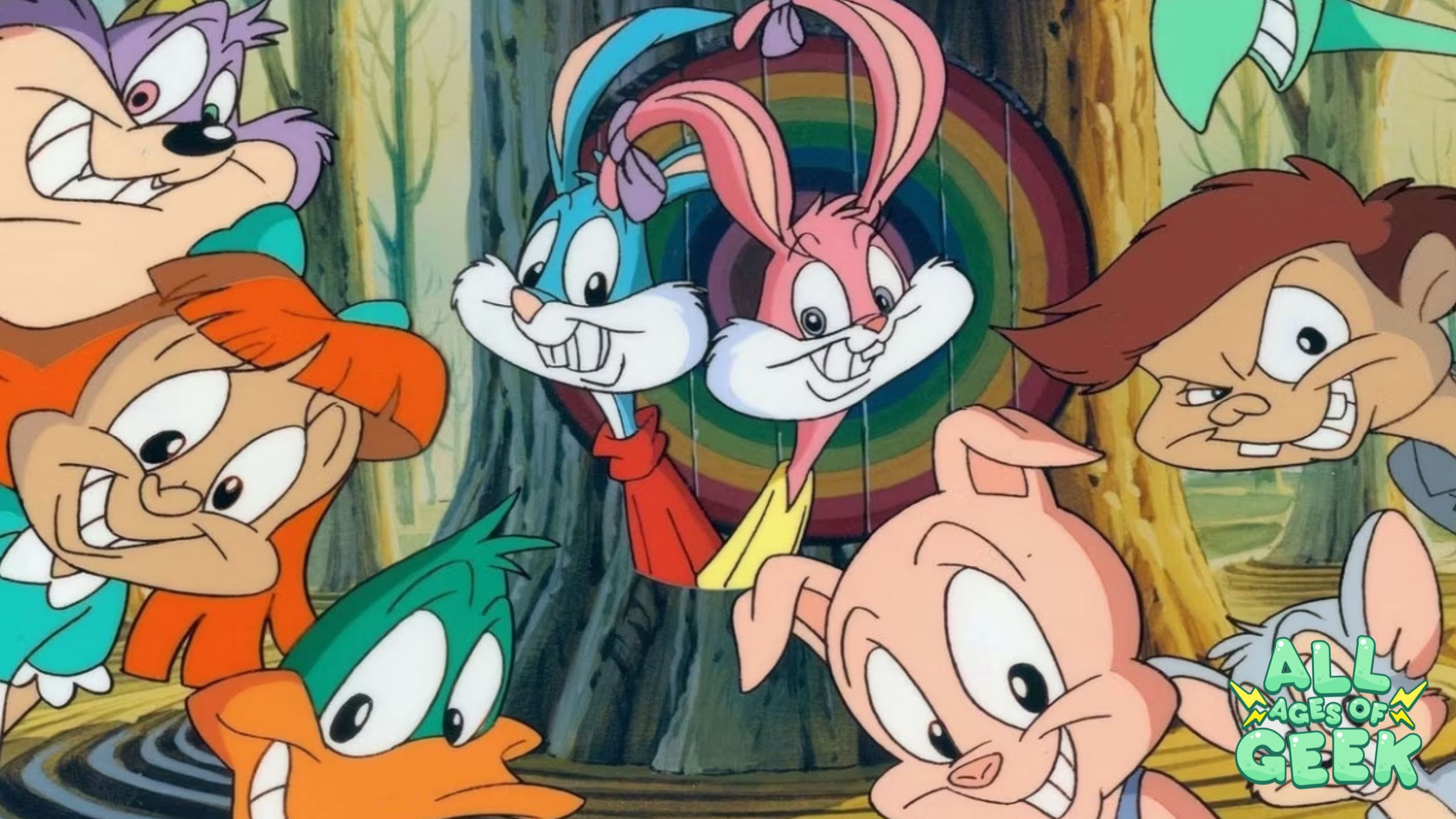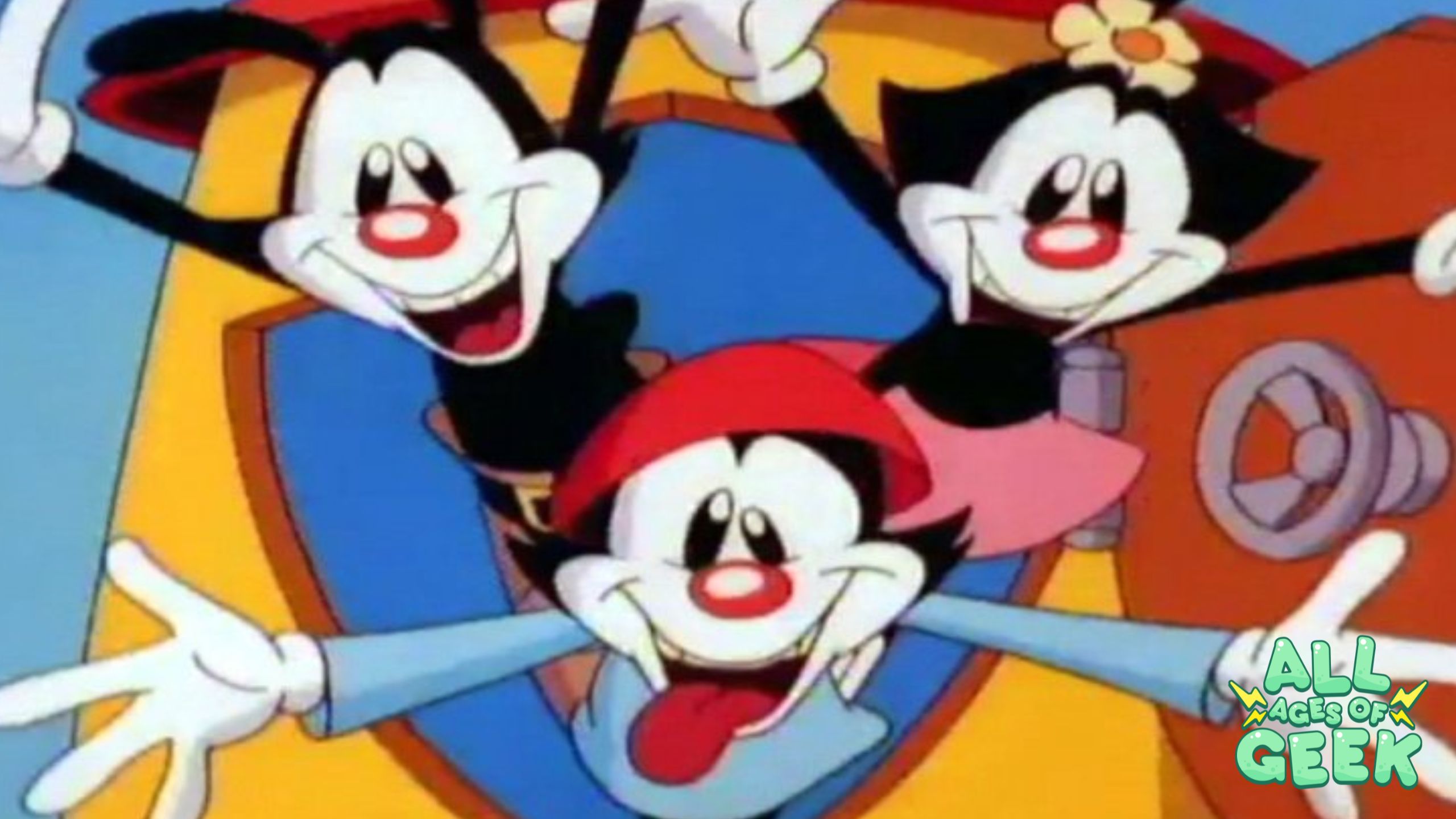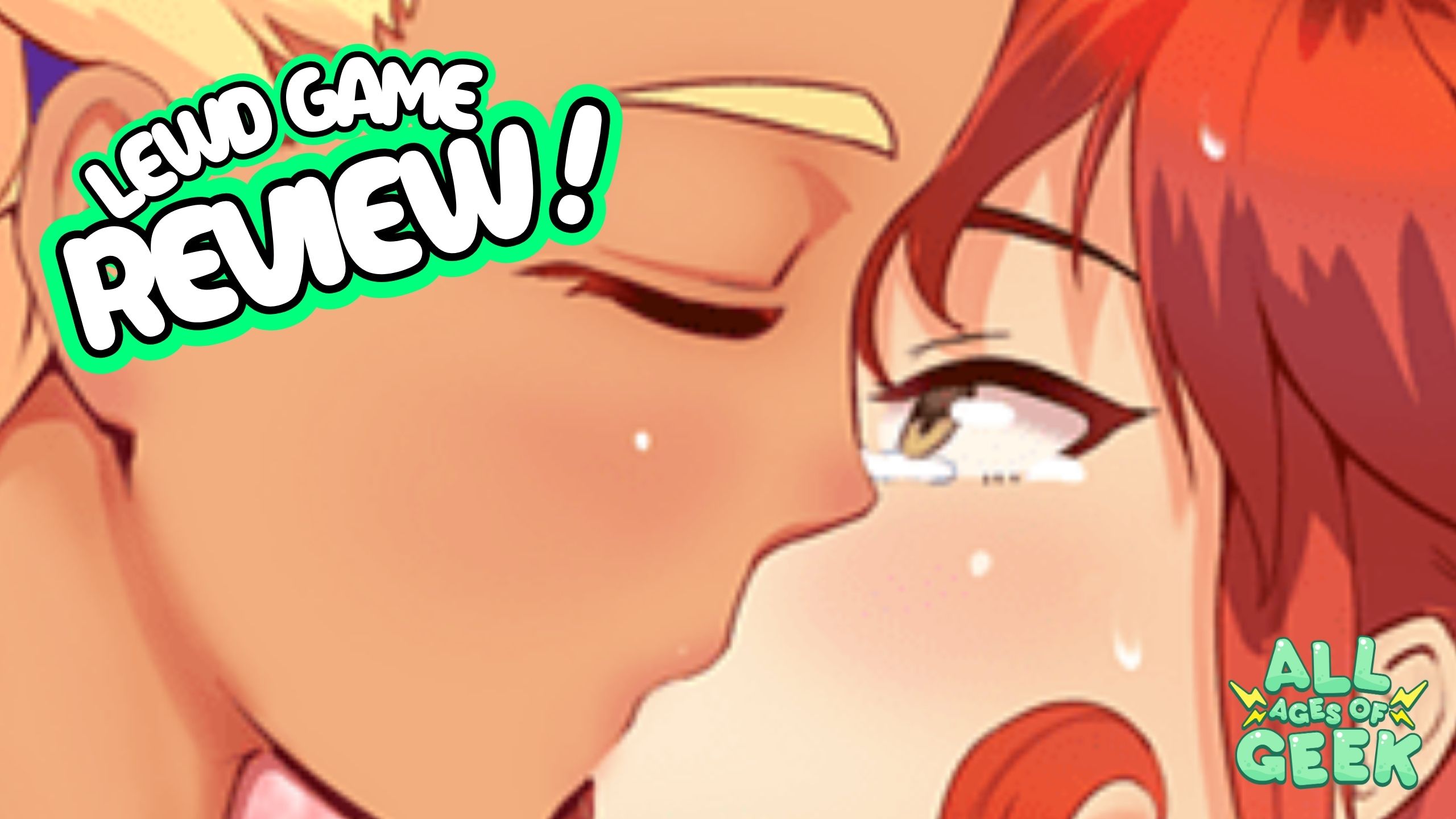Devil May Cry is Studio Madhouse’s 2007 loose anime adaptation of the loose manga adaptation of the popular video game franchise, “Devil May Cry,”… which was initially supposed to be the fourth game in a whole other videogame franchise, Resident Evil. Truly, a journey. The 12-episode run, directed by Shin Itagaki, centers around Dante taking on odd-jobs to keep his devil-hunting business afloat. I’ve always wondered what an insurance plan would look like for “incase of demonic attack.” What would they cover? Partial to full demon possessions? Portal debris clean-up?
Most of the show functions as self-contained adventures, with vague hints at a more significant threat, which only come into play late-series. I was a fan of the video games’ proclivity for self-aware, action-fantasy grandiosity and family melodrama. Devil May Cry 3 is almost Shakespearean in its depictions of brotherly rivalry and the inner turmoils of being caught between worlds. I remember a considerable effort in high school, trying to find this show on various streaming sites, all of which emitted strong back-alley energy. Not an uncommon method of finding anime during the 2000s, though often unfruitful.
I’ve finally been able to watch the show in its entirety and was surprised by the stark tonal difference from the video games. The anime is decidedly less playful and comedic, with Dante’s personality being drastically nerfed. Dante, who is usually portrayed as charismatic, high-energy, and brimming with cheesy one-liners, presents as more of a typical silent-type anime protagonist, chillin’ with a sleepy affect. This blandness covers all the characters in a foggy blanket of unimaginative dialogue, lacking any banter or chemistry. Lady and Trish really should be much, much cooler. How are you going to do two of the most iconic women in the devil-hunting industry so dirty like that? You hate to see it.
Dante is also tasked with taking care of a young girl, Patty Lowell. I suppose, functionally, this was to provide Dante with some higher stakes other than his failing endeavors in commercial exorcism? Unfortunately, this relationship remains underdeveloped; neither of them offers the other any potential for character-growth.
Another key aspect hindering Dante’s growth is his overpowered status. He dispatches every demon with the same amount of ease, and all these bouts are brief. He only experiences a minimal amount of trouble at the very end, and by then, we’re not worried about his safety. Dante is excessively powerful in the video game too. However, he still gets his butt whooped a few times — which is essential for world-building and framing the hierarchy of characters’ supernatural capabilities. A protagonist needs to experience at least some form of challenge to give the plot weight and justify the core objective. I have no interest in watching someone with half-devil half-human privilege waltz their way through life.
Dante continues doing odd-jobs, and on occasion, we see a gremlin-of-a-man named Sid creeping around, conveniently turning up after Dante’s fights, and scavenging loot. He ends up using all these garbage trinkets to summon a demon called Abigail, who serves as the big bad of the series. It’s a rushed set-up, again, removing any real investment in the fight.
There is some redeeming fight choreography, though, and the demon character designs are legitimately imaginative and creepy-looking. Ultimately, the Devil May Cry anime leaves a lot to be desired, given the source material’s vibrant characters, action set-piece insanity, and rich, expansive lore.


